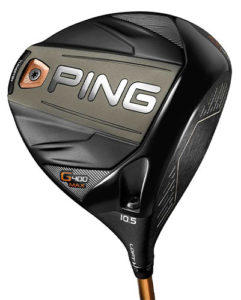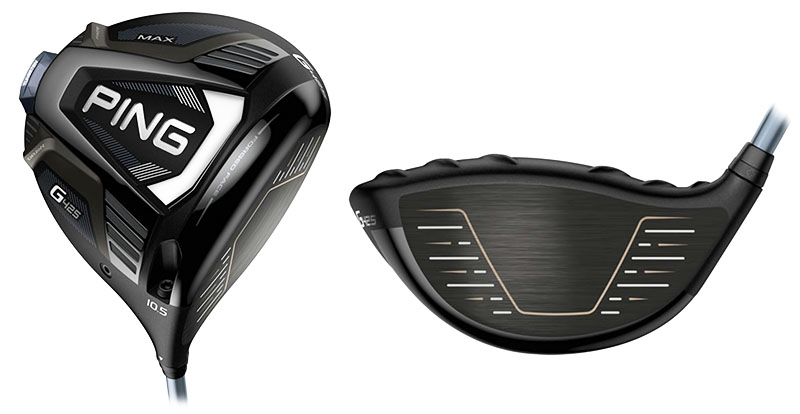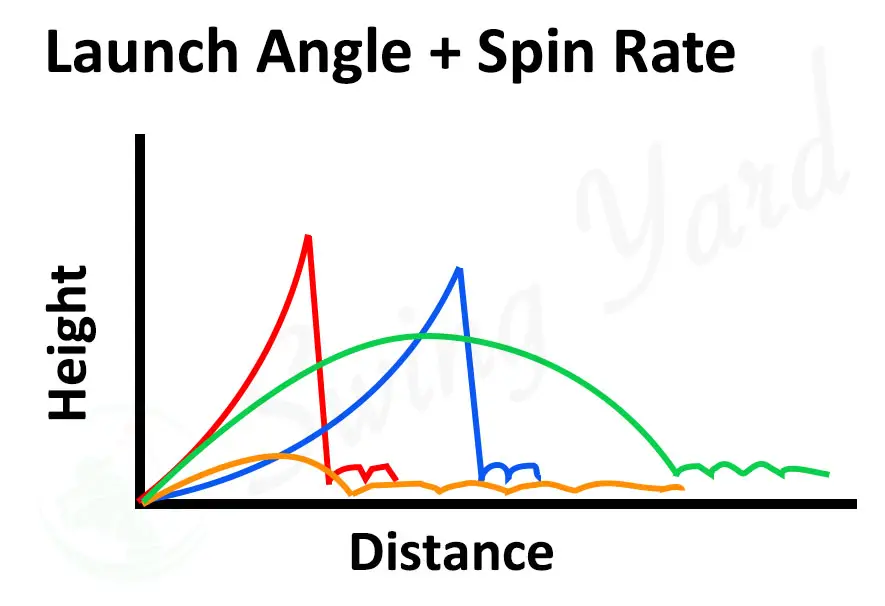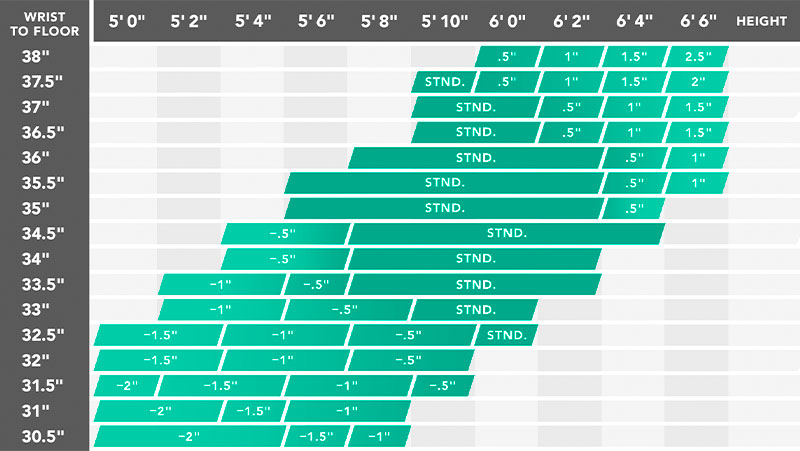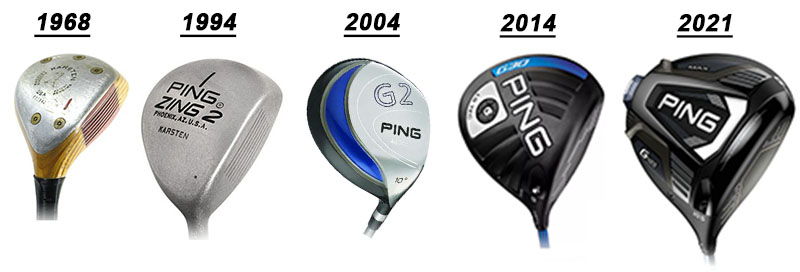
By Coach Erik Schjolberg – Feb 23, 2024
Contents
List Of All Ping Drivers By Year
Ping Drivers by Year:
| Year Released | Ping Driver Models | Price / Where to Buy We earn commission if you make a purchase, at no additional cost to you. |
| 1968 | Karsten I | |
| 1977 | Karsten II | |
| 1980 | Karsten III Eye | |
| 1984 | Karsten IV Eye 2 | |
| 1992 | Zing | |
| 1994 | Zing 2 | |
| 1996 | IST Karsten Tour | |
| 1998 | TiSi Titanium | |
| 2000 | I3 | |
| 2003 | Si3 | |
| 2004 | G2 | |
| 2005 | G5 | |
| G5 Offset | ||
| 2006 | Rapture | |
| 2007 | G10 | |
| G10 Draw | ||
| G5 L | ||
| Rhapsody | ||
| 2008 | Rapture V2 | |
| 2010 | G15 | |
| G15 Draw | ||
| I15 | ||
| 2011 | G20 | |
| K15 | ||
| 2012 | I20 | |
| Serene (Ladies) | ||
| 2013 | G25 | |
| Anser | ||
| 2014 | G30 | |
| G30 SF Tec | ||
| G30 LS Tec | ||
| I25 | ||
| 2016 | G | |
| G SF Tec | ||
| G LS Tec | ||
| 2017 | G400 LST | |
| G400 SFT | ||
| 2018 | G400 Max | |
| 2019 | G410 Plus | |
| G410 LST | ||
| G410 SFT | ||
| 2021 | G425 Max | |
| G425 LST | ||
| G425 SFT | ||
| 2023 | G430 Max | |
| G430 LST | ||
| G430 SFT | ||
| 2024 | G430 Max 10k |
Did you know that in the era of wooden persimmon drivers, Ping’s famous Eye 2 Driver from the 80’s wasn’t actually made from persimmon like most other manufactures, but from laminated maple.
It wouldn’t be until 1998 that Ping released its first titanium driver, the TiSi. Pretty crazy how far we’ve come since golf’s good ol’ days!
How It All Started
Karsten Solheim founded Ping in 1959 with the desire to satisfy the need for a good quality putter in the golf industry. He believed one hadn’t been invented yet so far.
So he did just that in Redwood, California… making Ping’s first ever golf club and putter right in his own garage, the Ping 1-A.
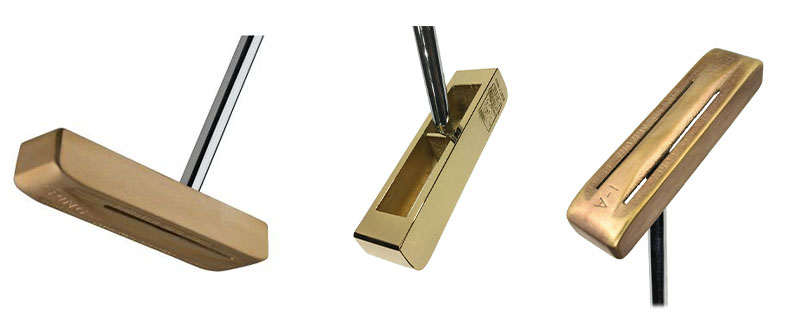

Having been an engineer at GE, Solheim used scientific principles to design that putter, attaching the shaft to the center of the blade, vs the heel of the club like other manufacturers.
When he first tested out his new putter, he heard a very distinct and satisfying “Ping” when striking the golf ball… and the PING golf company was born.
Ping’s Wooden Drivers
Karsten Solheim came out with Ping’s first ever 1 Wood (they weren’t called drivers yet) in 1968, naming it after himself… The Karsten.
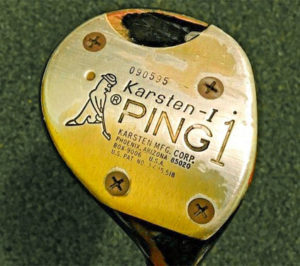

Ping would release several more wooden based drivers including the Karsten I, II, III, and IV, along with the Eye, Eye 2, Zing, Zing 2, IST Karsten Tour before finally releasing its first all titanium driver in 1998, the TiSi Titanium.
Ping G Drivers by Year
The all famous G driver series by Ping started in 2004 with the G2.
The line continued with the G5 in 2005 and the G10 in 2007 (both models including a Draw or Offset version)
The G line would continue through the years with the G15, G20, G25, G (why wasn’t the original called the G instead of the G2?), G30, G400, G410… and finally, yes, the G425 we see today, including the Max, LST, and SFT models.
Recent Ping G425 Model Breakdown
The G425 Max is the most forgiving of the 3 models in this family. This is the club most players will be most comfortable with, and get the most improvement from.
>> CLICK HERE TO SEE OUR IN DEPTH REVIEW OF THE PING G425 MAX <<
On the contrary, Ping’s G425 LST is the least forgiving… but can provide more workability and distance for the advanced players due to the low spin tech (LST) design. Read our full review of the Ping G425 LST here.
And last but not least, the G425 SFT (which stands for straight flight technology), is a ‘draw biased’ driver geared towards players who want help with fixing their slice, or simply want to play a draw off the tee. Read our full review of the Ping G425 SFT here.
Current Ping G430 Model Breakdown
The most recent release in the driver space from Ping is their new Ping G430 driver family consisting of 3 drivers models for 2023. Sticking with the naming convention and model breakdown from the last generation, that gives us the Max, LST, and SFT once again.


The Max model is the most forgiving option, and is the model most players will fit into by default. Check out our Ping G430 Max Driver review over here for our full test results and breakdown.
The LST model is for your low handicap golfers and is going to be much less forgiving on off center strikes. BUT, you get more distance when you do manage to have that real nice center struck shot. It’s a risk / reward relationship. Check out our review and test of the G430 LST.
And finally, the SFT model is for those struggling with slices off the tee. The built in right to left shot bias helps keep the ball in the fairway if you fit into this category.
New for 2024 – G430 MAX 10k: Looking similar to the recent release of the G430 MAX, the G430 MAX 10k has undergone internal and mechanical changes to make it the straightest and most forgiving driver ever. 10k stands for the 10,000 g-cm2 combined MOI threshold that it surpassed, and set a new record for MOI. It was recently put in play by tour bomber Cameron Champ.
Other Clubs By Year
Check out the list of Ping Irons by year here.
Check out the list of Callaway drivers by year here.
Check out the list of TaylorMade drivers by year here.
Check out the list of Titleist drivers by year here.
Check out the list of Cobra drivers by year here.


